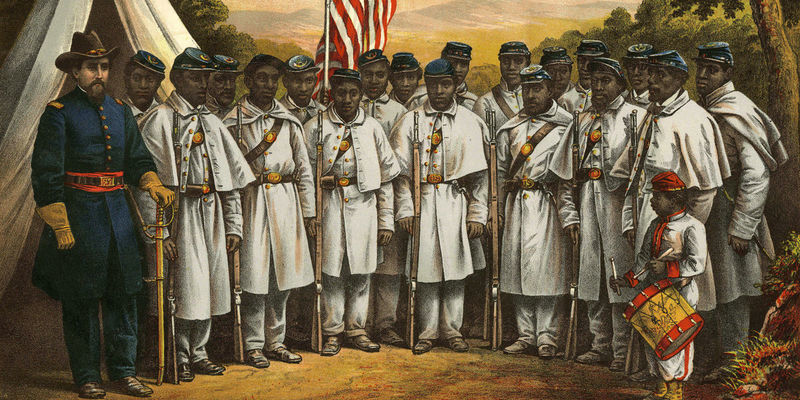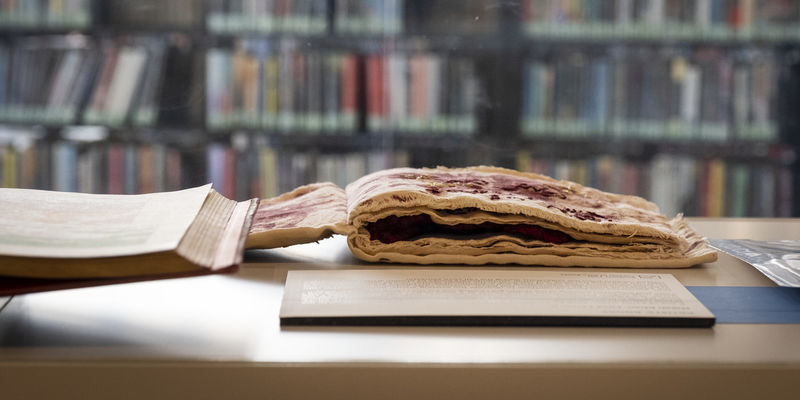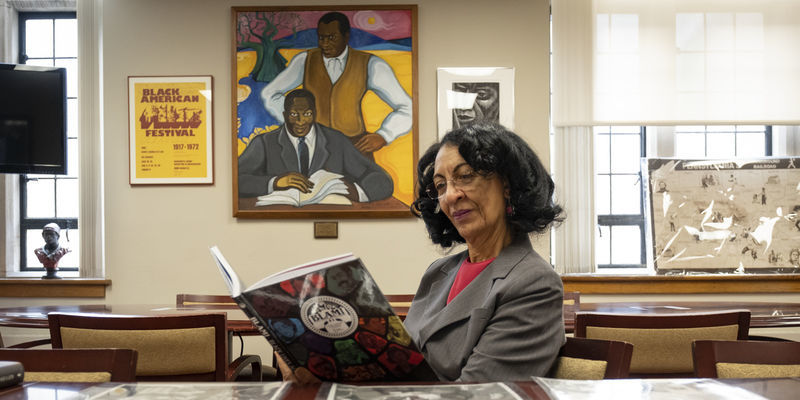Charles Library’s newest exhibition celebrates Atlantic City’s historic Chicken Bone Beach
The exhibition features photography from notable Philadelphia-area photographer John W. Mosley.
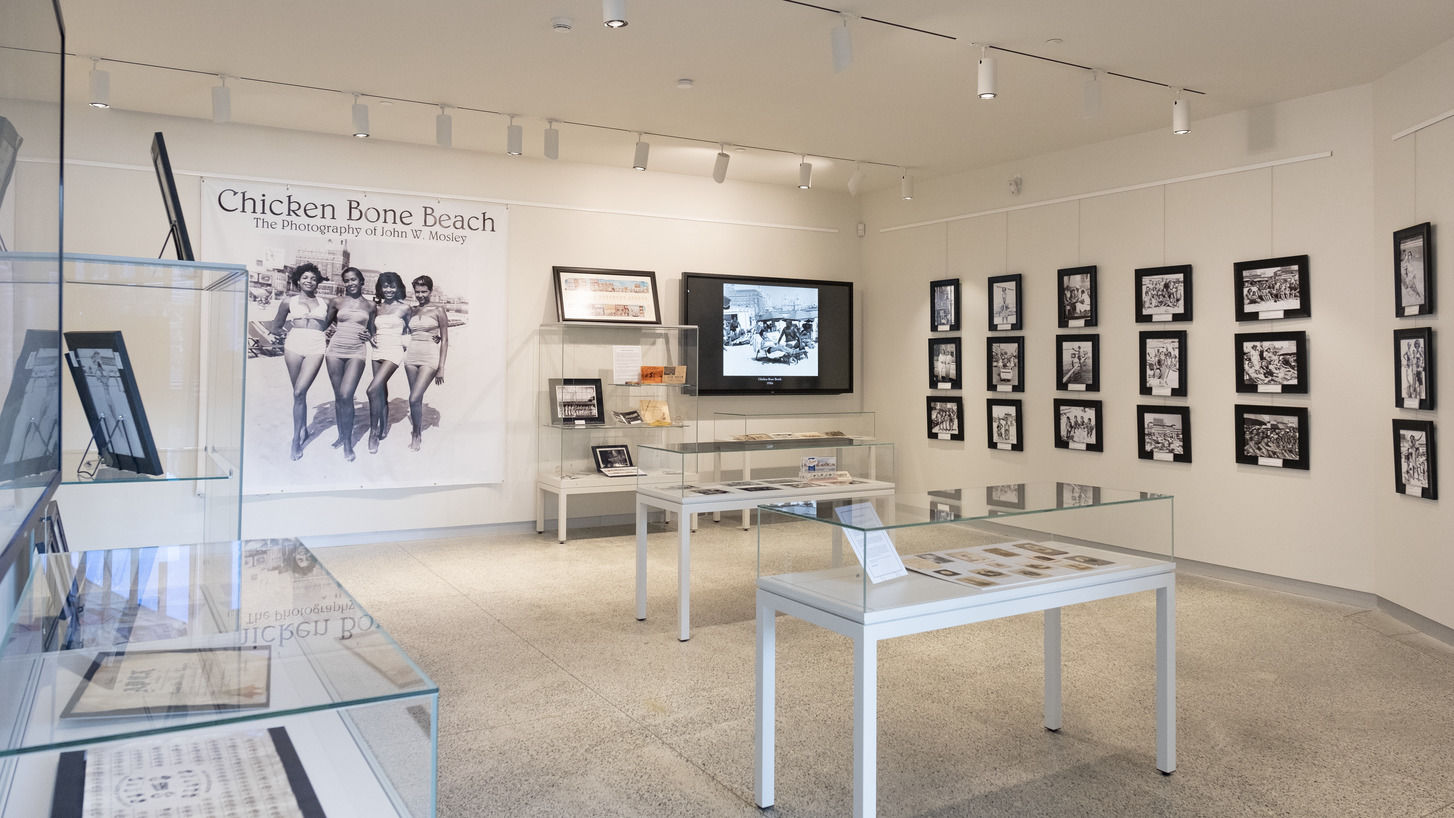
The newest exhibition on display at Charles Library recognizes the history and cultural significance of the segregated Chicken Bone Beach, which rose to prominence as a place of leisure, resilience and community among African Americans vacationing in Atlantic City from the early 1900s through the 1960s.
Chicken Bone Beach: The Photography of John W. Mosley and the African-American Experience in Atlantic City opened on July 7 and runs through August 30. The exhibition was curated by Leslie Willis-Lowry, archivist of the Charles L. Blockson Afro-American Collection, in collaboration with the Heston Collection at the Atlantic City Free Public Library and the private collection of Atlantic City historian Vicki Gold Levi.
The story of Chicken Bone Beach dates back to the beginning of the 20th century, when segregation practices at the time relegated African Americans vacationing in Atlantic City to the beach at Missouri Avenue. The popular fare for the summer was fried chicken, which earned the section of beach at Missouri Avenue the nickname of Chicken Bone Beach.
“In Atlantic City, Blacks had to find their own recreational space at the foot of Missouri Avenue, and despite this, they turned it into something beautiful,” Willis-Lowry said. “It was about creating a space in a society where they were systematically excluded from having a voice, but instead of labor, they embraced freedom, leisure and rest.”
Prominent Black figures like Martin Luther King Jr., Joe Louis and Sammy Davis Jr. vacationed at Chicken Bone Beach during the summers of the Civil Rights era, highlighting the beach’s status as a Black cultural hub and place of community.
With the passing of the Civil Rights Act of 1964, places like Chicken Bone Beach could no longer be segregated, and in 1997 the Atlantic City Council passed an ordinance that declared Chicken Bone Beach a historical landmark.
The exhibition also features a rare collection of original portraits from photography studios that dotted the Atlantic City Boardwalk; artifacts from the private collection of Levi; and images of and memorabilia from Atlantic City icons like Club Harlem, the Paradise Club, Madame Sara Spencer Washington and the Apex empire.
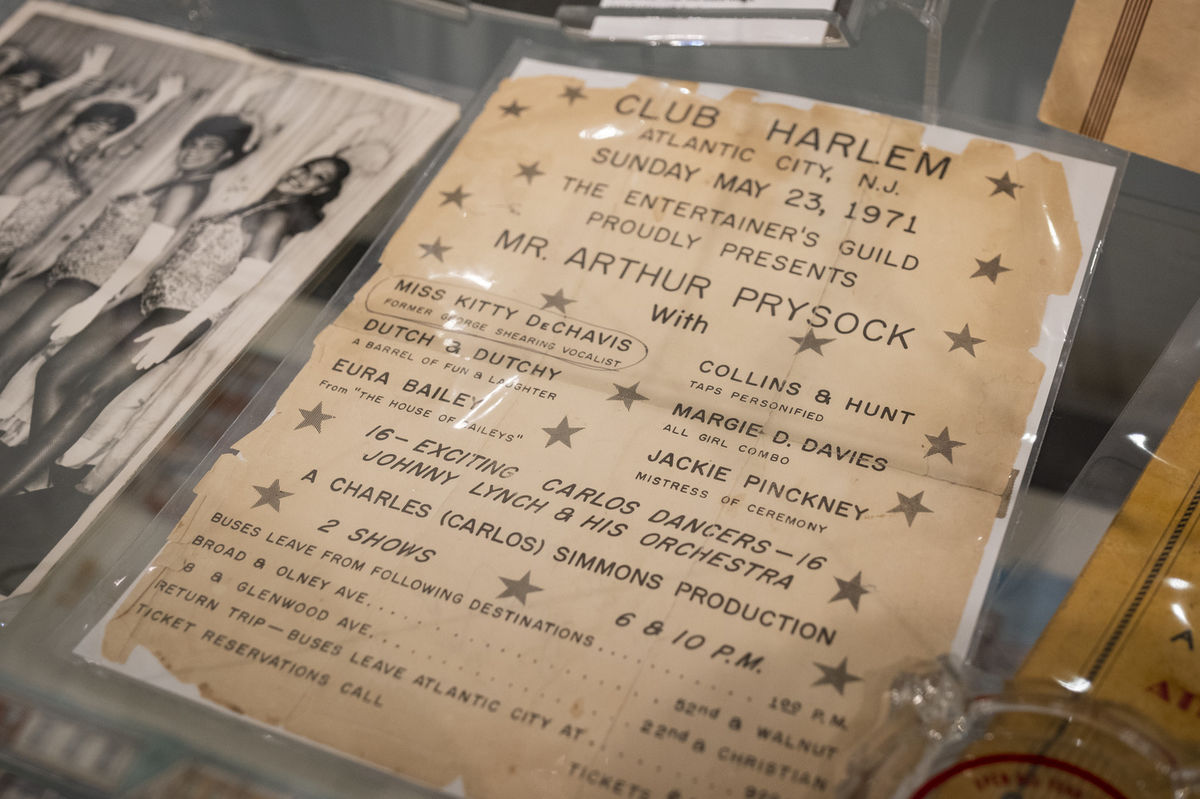
Memorabilia from Atlantic City's Club Harlem is on display at the new exhibition. The historic club existed for more than 50 years, and it hosted a lengthy list of distinguished entertainers. (Photography by Joseph V. Labolito)
Willis-Lowry said the idea of mounting the exhibit was inspired by the celebration of the 113th NAACP National Convention held in Atlantic City this July. John Mosley documented the NAACP Rally and the civil rights struggle to seat the Mississippi Freedom Democratic Party delegates at the 1964 Democratic National Convention, which was also held in Atlantic City and is on display at the exhibition.
The exhibition at Charles Library is highlighted by images from the John W. Mosley Collection, which was acquired by the Blockson Collection in the late 1980s from Mosley’s family member Clarence Still, the brother of Mosley’s wife Teresa Still Mosley. Mosley was a Philadelphia-area African American photographer whose work appeared in newspapers throughout the eastern United States. He is well known for photographing subjects like Marian Anderson, Martin Luther King Jr., Paul Robeson, Cab Calloway, W.E.B. Du Bois, Langston Hughes and others.
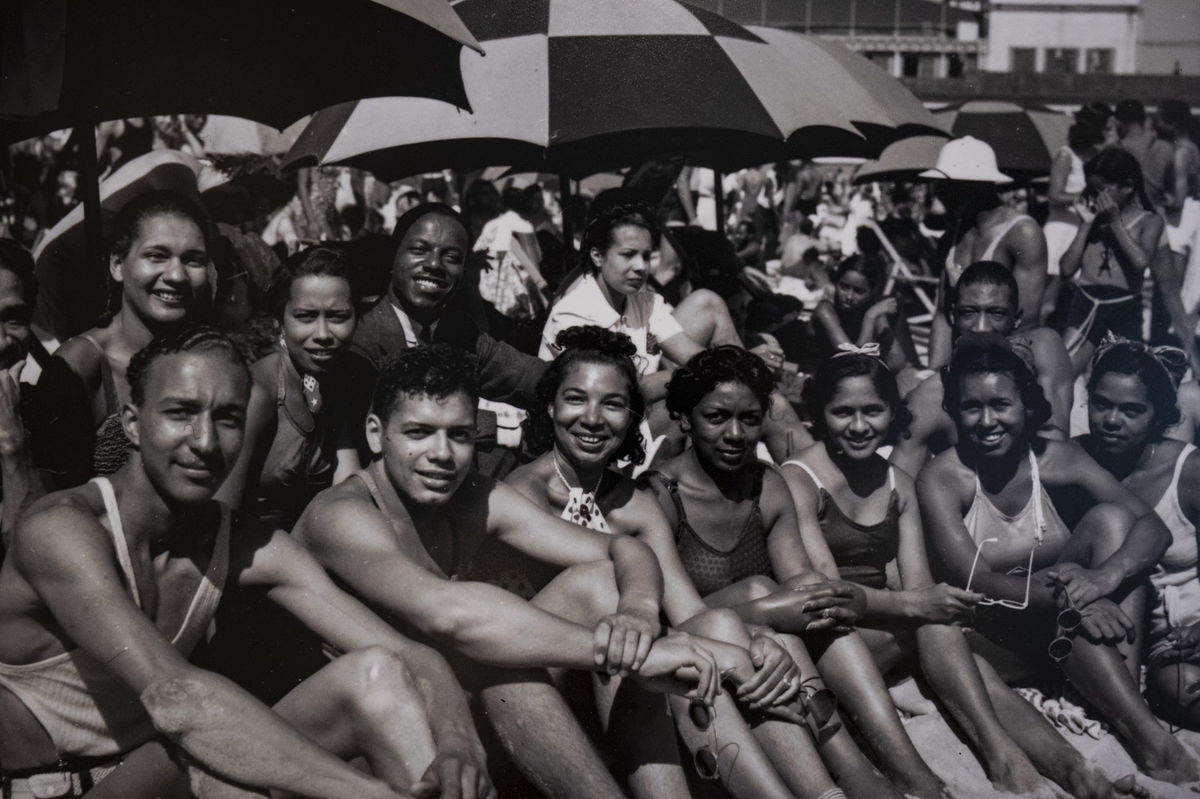
More of the John W. Mosley Collection can be viewed at the Blockson Collection on Temple's Main Campus in Sullivan Hall. A portion of the collection is also available online courtesy of Temple University Libraries. (Photography by Joseph V. Labolito)
The Blockson Collection is the region’s premier special collection of African American history and culture of people of African descent. Willis-Lowry emphasized the importance of the Blockson Collection and Temple University celebrating the history of Chicken Bone Beach with the new exhibition.
“In a time when there is a movement to erase Black history, it’s important for the university to tell the story of not only the African American struggle for human rights but also the experience of Black joy as resistance in response to the heaviness of existing in an anti-Black world,” she said. “Chicken Bone Beach was a way of people coming together to live life joyously and without restriction.”
Events and exhibitions at Charles Library are free and open to the public. Visit the Temple University Libraries website for the library’s hours and more information about upcoming programming and events.
